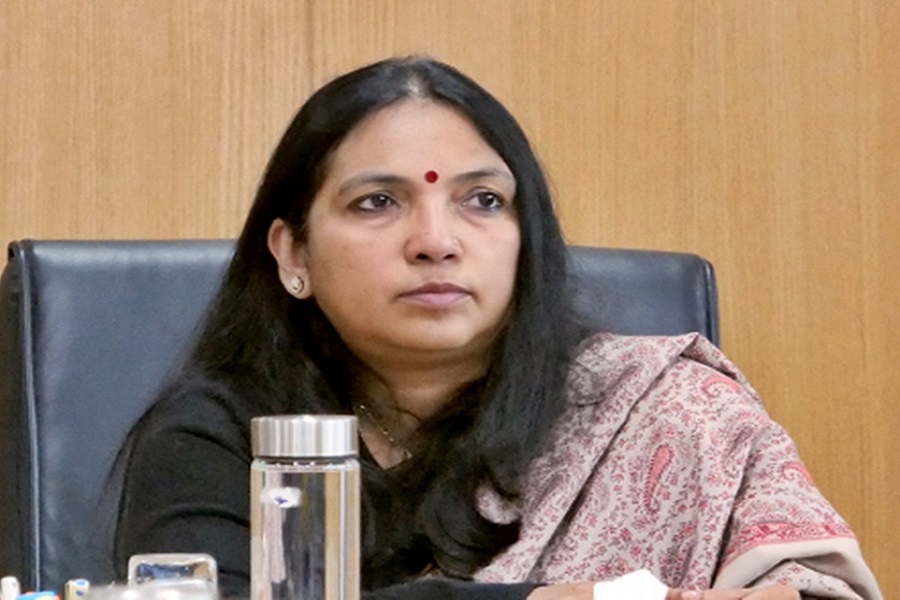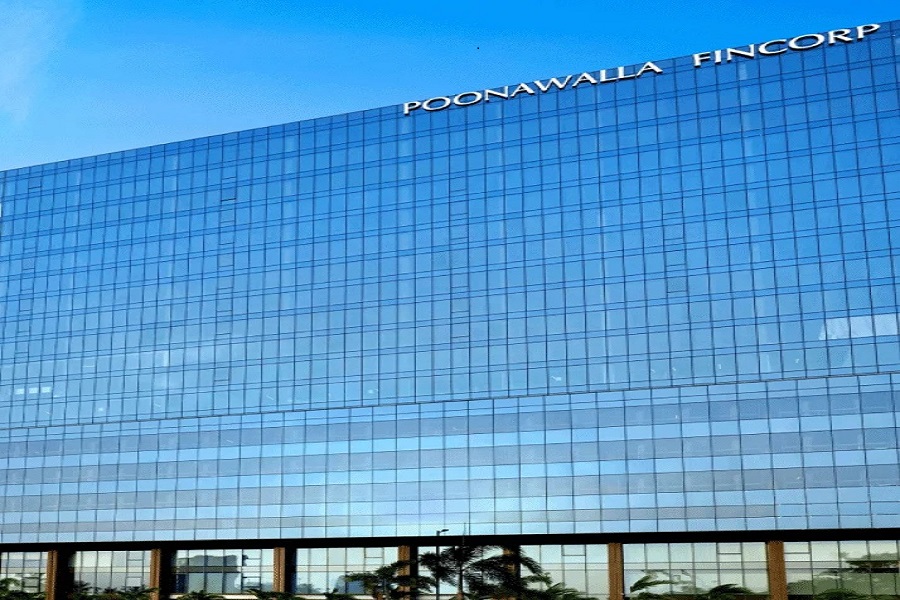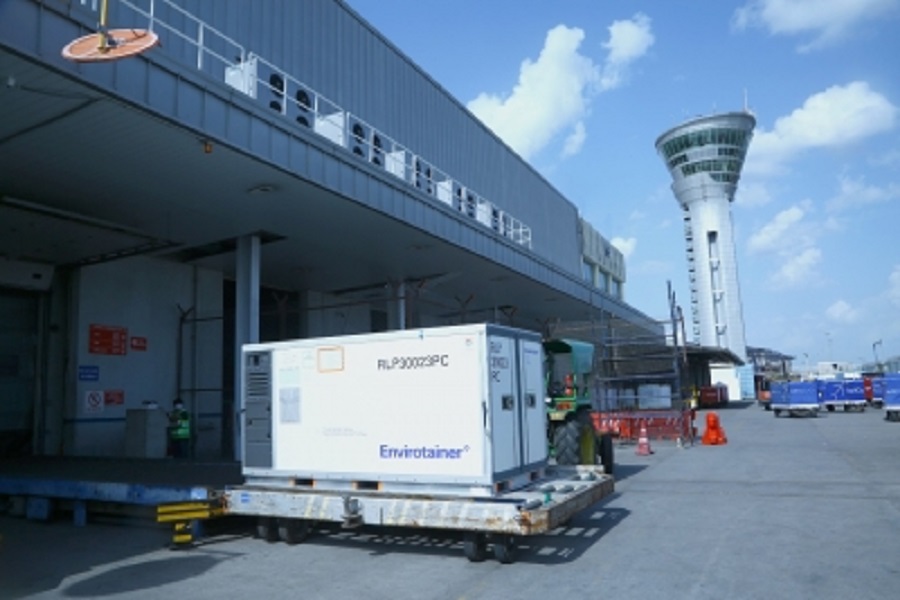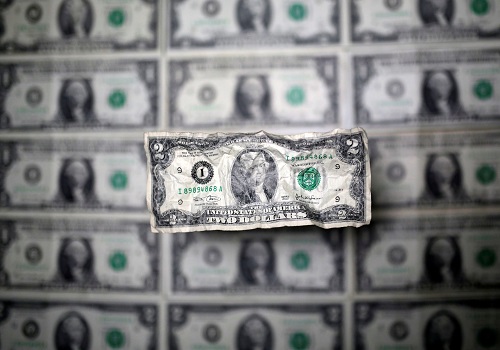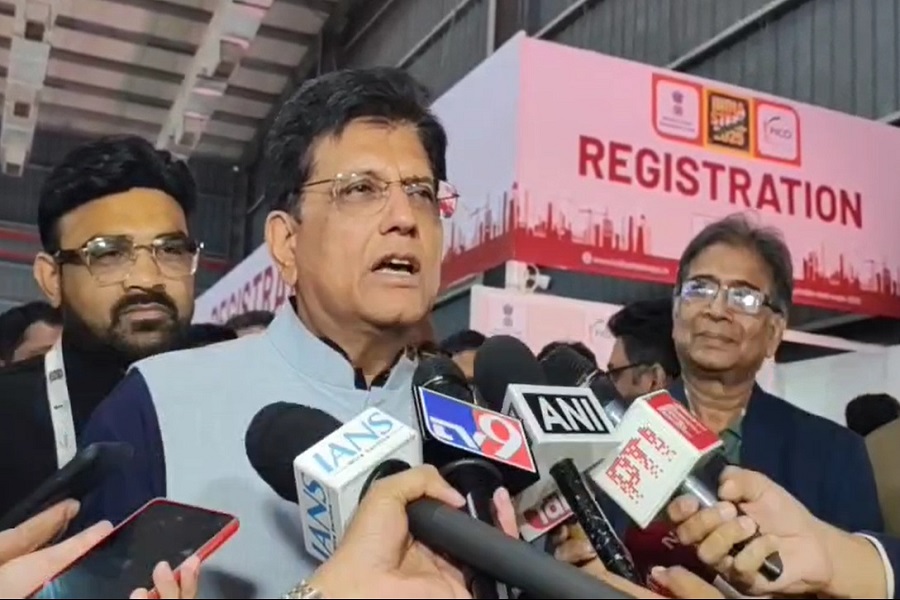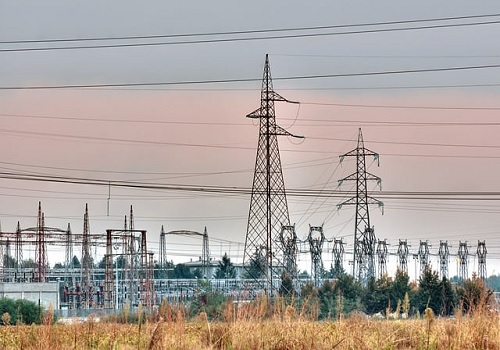Agri Commodity Technical Report 19 August 2024 - Geojit Financial Services Ltd

* Farmers in Telangana sowed kharif crops over 9.4 mln acres as of Wednesday, down nearly 7% from a year ago, according to the state's kharif acreage report. The acreage as of now is nearly 73% of the normal area of 13 mln acres for the entire season. One acre is around 0.40 ha. Kharif crops are sown during the first rains of the southwest monsoon around June, and harvested at the end of the monsoon around October. The acreage under paddy, Telangana's largest kharif crop, was down to 3.4 mln acres from 3.5 mln acres a year ago. The area sown under maize was also down to 428,517 acres from 502,303 acres a year ago, the report said. Sowing of rainfed crops like jowar, bajra, maize, ragi, pulses, groundnut, soybean, cotton, etc and the transplantation of paddy is under progress, the report said. The report also said paddy nurseries are being raised under irrigation sources. The area sown under pulses was 517,861 acres, down from 527,327 acres a year ago. Redgram or tur, the major pulse in the state, was down to 434,476 acres from 455,636 acres last year. The acreage under greengram, or moong, rose to 63,246 acres from 49,522 acres a year ago, the report said. The acreage under blackgram, or urad, also rose to 19,664 acres from 19,095 acres a year ago. The area sown under oilseeds was down to 391,077 acres from 452,248 acres a year ago, the report said. Under oilseeds, the acreage under the state's largest oilseed, soybean, was down to 376,959 acres from 443,449 acres last year. The area sown under groundnut was 11,334 acres, up from 6,027 acres a year ago. The acreage under cotton, the state's second-largest crop, was down to 4.2 mln acres from 4.5 mln acres a year ago. The acreage under sugarcane rose to a whopping 18,133 acres from 102 acres the corresponding period a year ago.
* India's soymeal exports rose 133% on year in July to 147,000 tn from 63,000 tn a year ago, the Soybean Processors Association of India said in a release today. For Oct-Jul, soymeal exports increased to 1.9 mln tn from 1.6 mln tn a year ago, SOPA said. India exported soymeal to more than 70 countries from October to July, of which Bangladesh, Iran, Nepal, and the UAE were major buyers, according to data released by the association. In July, production of soymeal rose to 710,000 tn from 639,000 tn a year ago. The output in Oct-Jul rose to 8.2 mln tn from 7.9 mln tn a year ago, the association said. Soybean, a kharif oilseed, is sown in Jun-Jul and harvested in Oct-Nov. Soybean arrivals in spot markets were at 900,000 tn in July, up from 700,000 tn a year ago. During Oct-Jul, arrivals rose to 10.7 mln tn from 10.6 mln tn a year ago. By the end of July, plants, traders, and farmers were left with around 2.7 mln tn of soybean stock, down from 3.6 mln tn a month ago, the association said. The meal stock at the end of July was 198,000 tn, against 245,000 tn a month ago. Soymeal is primarily used as poultry and livestock feed. Indian soymeal is non-genetically modified and considered rich in protein. The data is collected from various sources, including government and trade. The numbers, however, are estimates only, the association said.
* The government has raised the base import price of most edible oils by $7 a tn, the Central Board of Indirect Taxes and Customs said in a notification late on Wednesday. The Centre levies import duty ad valorem and reviews base prices depending on changes in global prices and foreign exchange rates, usually on a fortnightly basis. The base import prices of edible oils were last revised on Jul 31. The government has raised the base import prices of refined, bleached, and deodorised palm oil as well as of crude palm oil by $7 a tn each. Similarly, the base import price for refined, bleached and deodorised palmolein as well as crude palmolein was raised by $7 per tn each. The Centre has, however, cut the base import duty on crude soybean oil by $25 a tn to $988 a tn. India is the world's largest importer of edible oils. Palm oil accounts for the bulk of imports, with most of it purchased from Indonesia, Malaysia, and Thailand, the world's top producers of the commodity.
* Farmers in Andhra Pradesh have sown kharif crops over 1.8 mln ha as of Wednesday, up 5% from a year ago, according to data from the state government. The sown area so far is sharply lower than the normal acreage of 2.3 mln ha for the period. The acreage under food grains rose to 1.2 mln ha as of Wednesday from 1.1 mln ha a year ago, while the area sown under coarse grains rose to 145,000 ha from 120,000 a year ago, according to the data. The area sown under paddy rose to 863,000 ha from 829,000 ha a year ago and maize increased to 99,000 ha from 82,000 last year, the data showed. The acreage under pulses as of Wednesday rose to 177,000 ha from 114,000 ha a year ago. Within pulses, the area under tur, or redgram, increased to 158,000 ha from 103,000 ha a year ago, according to the data. The acreage under oilseeds fell to 297,000 ha from 314,000 ha a year ago. Within oilseeds, groundnut acreage was 254,000 ha, down from 270,000 ha a year ago, according to the data. Groundnuts accounted for nearly 86% of the total area under oilseeds in the state. Cotton acreage declined to 343,000 ha from 349,000 ha a year ago, while the sugarcane area fell to 17,000 ha from 24,000 ha a year ago. As of Wednesday, the state received 401.3 mm of rain, up 20% from the normal rain of 334.4 mm for the period, the data showed. Kharif crops are sown around June and harvested at the end of the season around October. Paddy, maize, tur, groundnut, and cotton are the major kharif crops grown in the state.
For More Geojit Financial Services Ltd Disclaimer https://www.geojit.com/disclaimer
SEBI Registration Number: INH200000345
